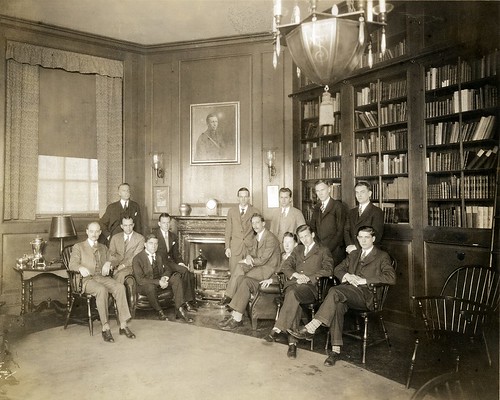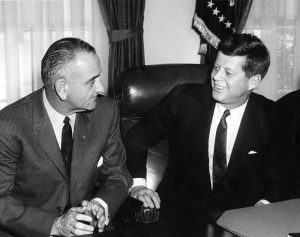by Samir Chopra
One winter vacation some years ago, as my wife and I waited for a ferry from Fajardo in Puerto Rico to the island of Culebra, I noticed on the walls of our waiting room a poster for the Cayo Luis Pena in the Culebra National Wildlife Refuge. As I gazed at dazzling blue waters and painfully white glistening sands, bewitched by the promise of the colorful aquatic creatures that frolicked below the waters of an oceanic snorkeling and scuba-diving paradise, I felt myself succumb, yet again, to the tyranny of the guidebook. I felt the terror of that most fearful of things: the inadequate, not properly-realized, not fully-treasured, missed-opportunity vacation; the tourism poster I was gazing at provided an artful reminder of all I stood to lose if I did not ‘get it right’ and see the sights it showcased. There is a mode of oppression the travel guidebook and poster have the market cornered on: making us feel like failures even when we manage to put down the laptop, take our fingers off the keyboard, dock the smartphone, and head out, bravely putting away our calendars, for the wilderness.
The artfully put-together tourism poster—like illustrations of improbably delicious-looking concoctions in cookbooks—promises us a glimpse of the impossible, the inaccessible, and the too-beautiful. Its photographs of attractions are invariably of ‘postcard’ or ‘coffee-table book’ quality, fit to be mailed to friends; they suggest the ‘attraction’ is not possible to actually visit: surely the photographer was granted ‘special’ access to the Shangri-La that beams at us from the poster? But the poster and the guidebook assure us with a devastating twin salvo that this place has been visited, and more damagingly, that if we do not visit it, we have somehow failed to meet some unknown evaluative standards for vacations. The guidebook does this acutely with listings of the “essential,” the “must-see,” the “ten things any visitor to X must do.” These are resisted by pronouncements like “That’s only what the editors of that guidebook think; what do they know?” But such rhetorical bluster is just that; under the weight of the prescription, our resolve crumbles. We become acutely conscious of the need to play by the guidebook and the poster’s playbook: Visit this place! Have these experiences! Or else!



